
Author: Nathan Chadwick
Photography: Lancia
As foreshadowing goes, it’s the kind of plotline beloved of a David Fincher neo-noir, only with four wheels and powered by doppio espresso. Wind back to 2023 and the first we got to see of the new Lancia Ypsilon was a stolen prototype dunked in a lake near Stellantis’ Sochaux factory.
The new car has since gone on to sink almost without trace, particularly outside Italy. It sold 3900 in Italy through 2024, and just 400 across Belgium and France. Seeing as the previous Ypsilon sold 60,000 per year in Italy alone, and even 32,000 when it was long in the tooth in its final year, that’s got to hurt. To put those figures into perspective, that’s more than Alfa Romeo and Maserati across Europe combined…
Nevertheless, it’s creditable that Lancia is trying to build something that’s fairly novel – a properly luxurious B-segment car. The last time Lancia was this daring, however, was perhaps taking on something even more outrageous – taking on Mercedes-Benz or perhaps even Bentley in the luxury saloon stakes with the Thesis.
Going from the Delta Integrale to the Thesis in less than a decade might boggle the mind for some, but Lancia needed to change tack. In the mid-80s the Fiat Group had bought Alfa Romeo almost as a force majeure to avoid it falling into Ford’s hands. Suddenly it had Alfa and Lancia, two brands with great sporting legacies. Only Lancia had one for true luxury and thus Alfa got the full weight of in-house tuning firm Abarth for its motorsport exploits (renamed Alfa Corse), and Lancia got the sober suit.
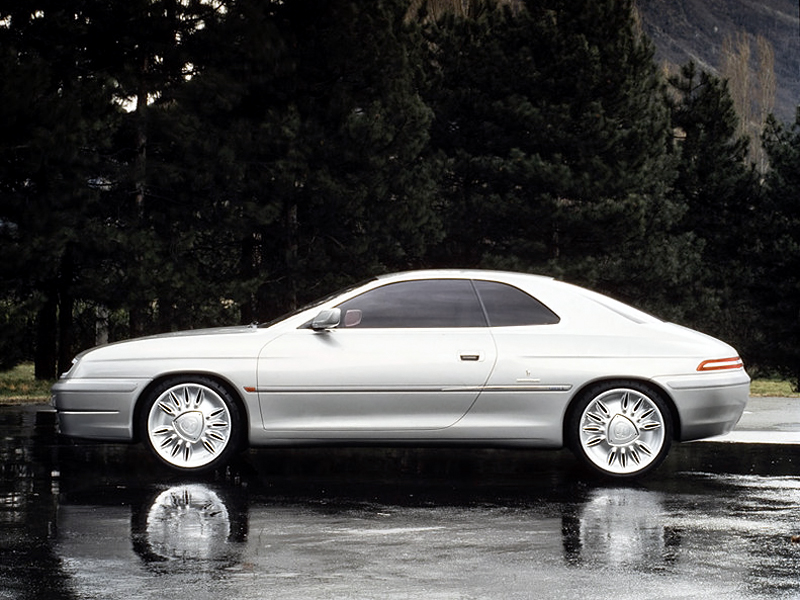
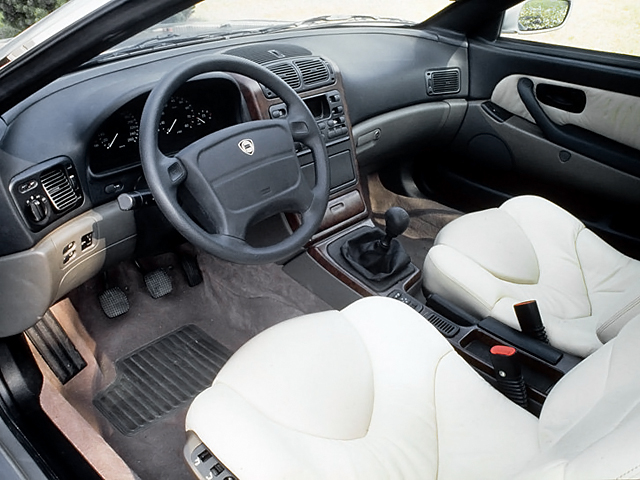
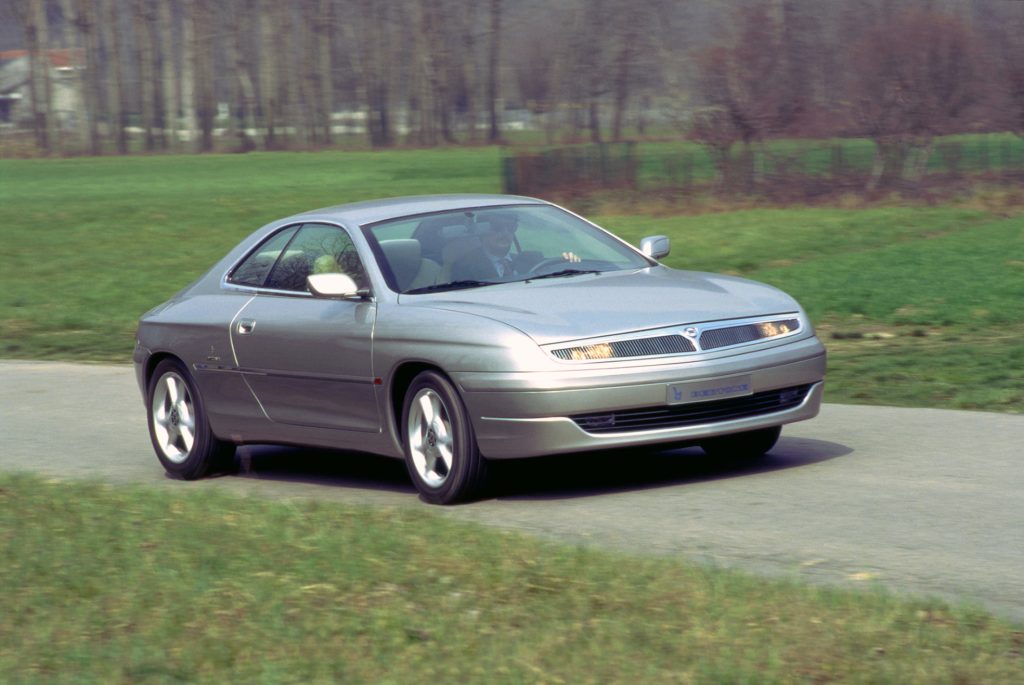
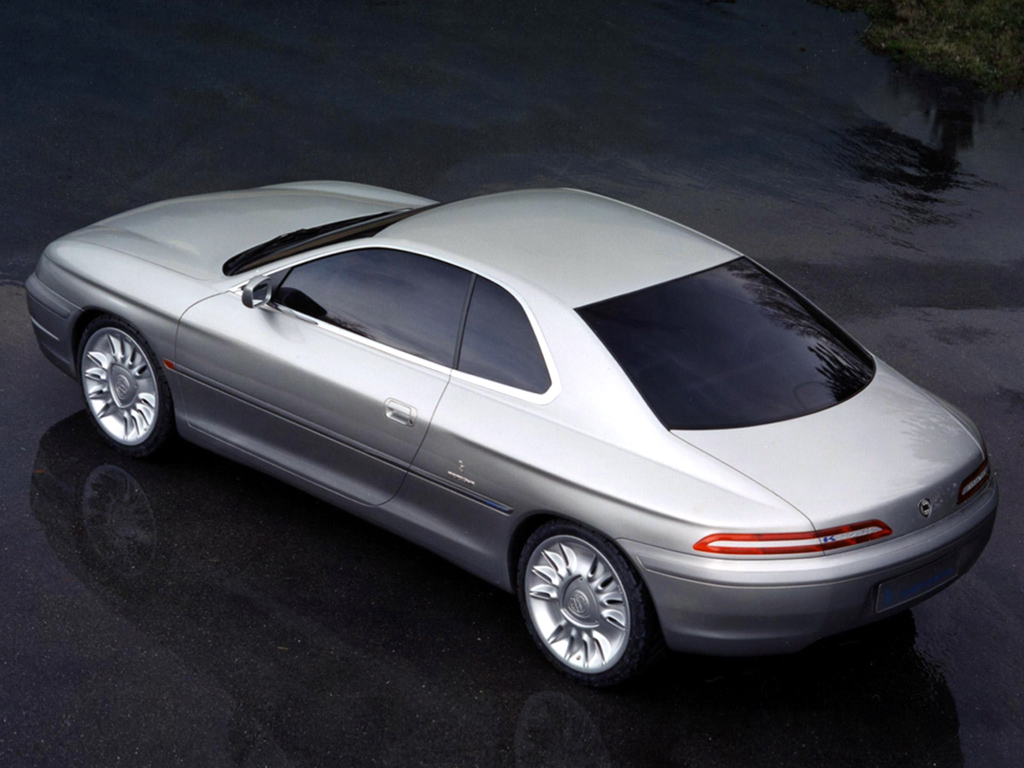
This meant stunning concepts that could have elevated Lancia to a new level were turned down. One particular case is the stunning Bertone Kayak, a magnificent slice of automotive futurism that still looks great today. Instead, Fiat Group suits played conservative, leading to the rather awkward-looking Kappa Coupe, a proportionally challenged FWD two-door Richard Bremner memorably described as “top heavy, like a Bentley Continental R that’s been heated up and squeezed at both ends”.
Given Lancia’s history of daring engineering and design plays, the critical response stung – as did disappointing sales. Lancia needed to be daring, and set Centro Stile Lancia’s Pietro Camardella, Marco Tencone, Mike Robinson and Flavio Manzoni (now Ferrari’s design chief) the task of creating a truly daring luxury saloon to take on the best in the business.
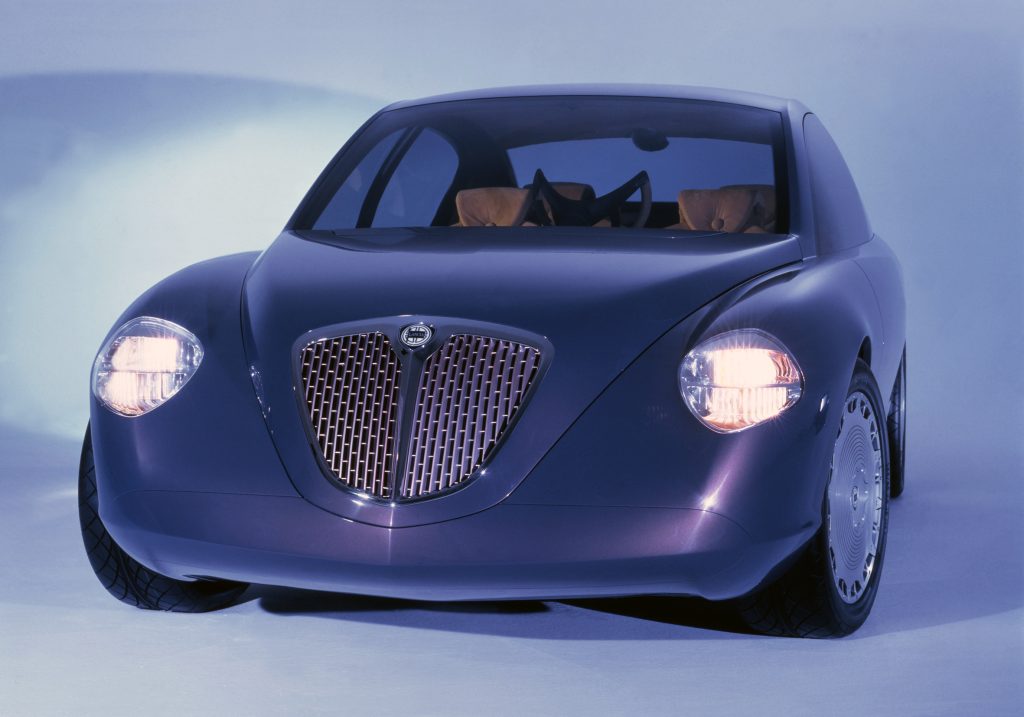
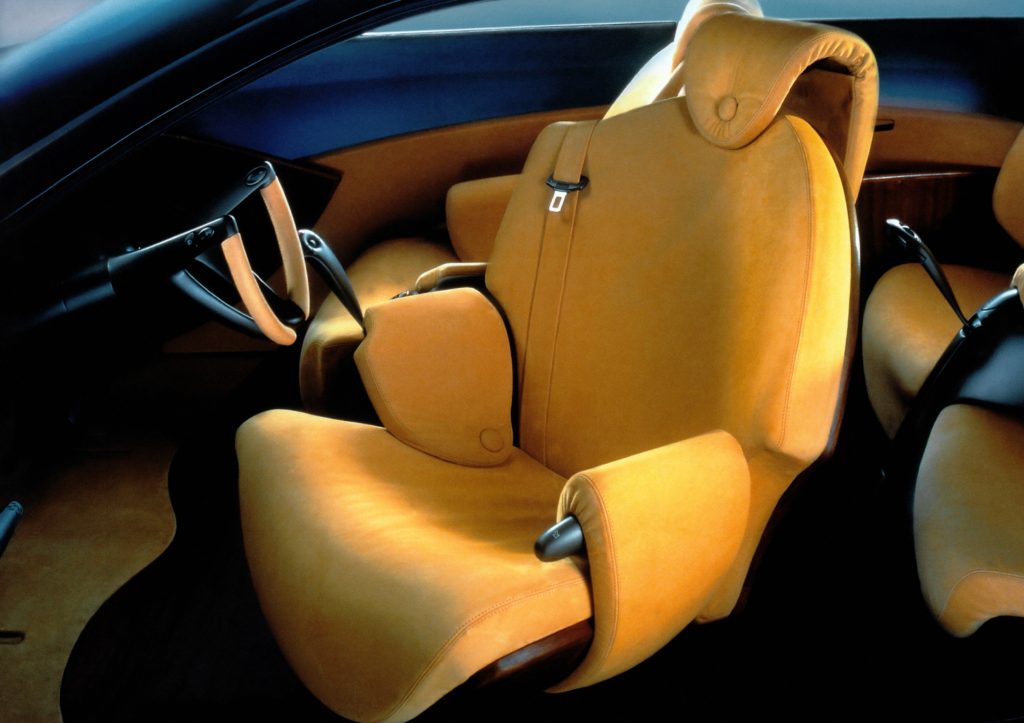
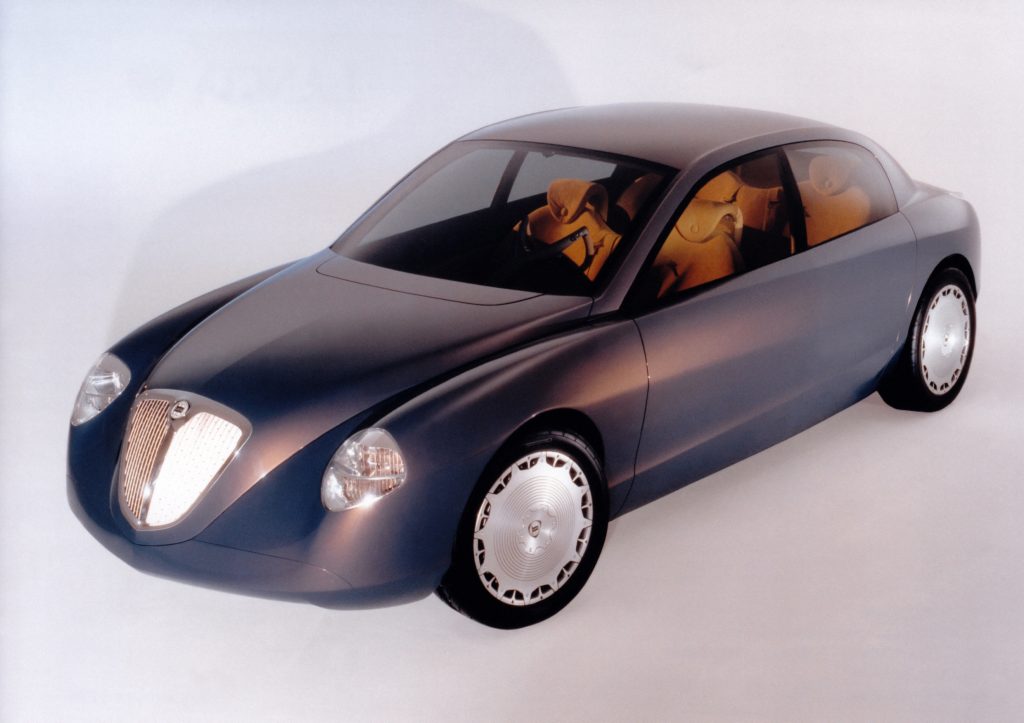
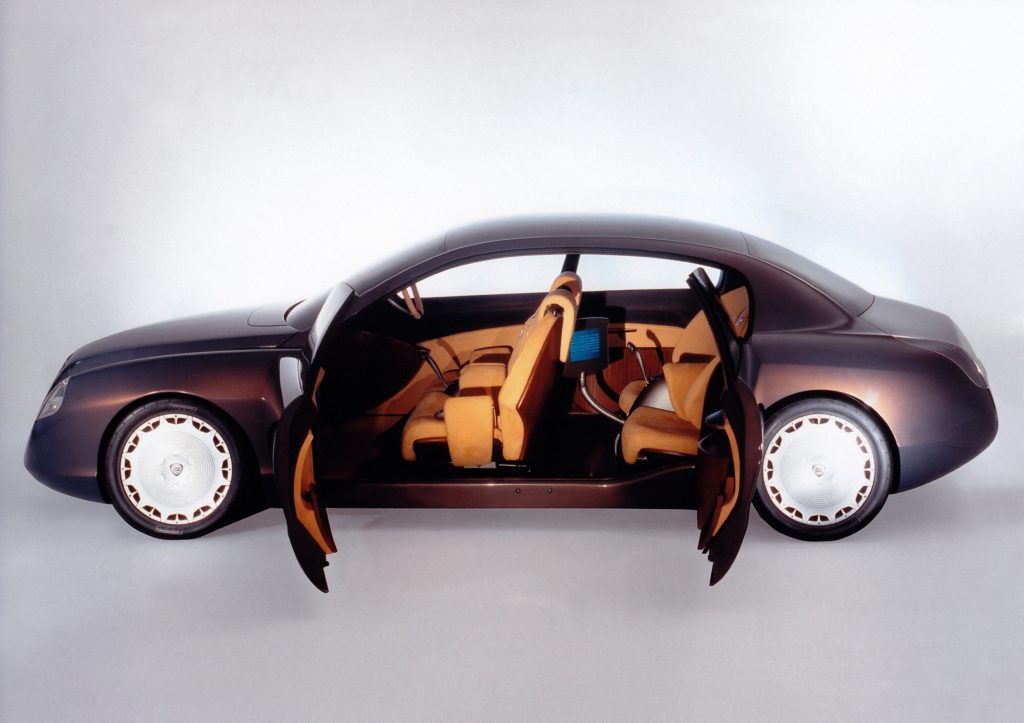
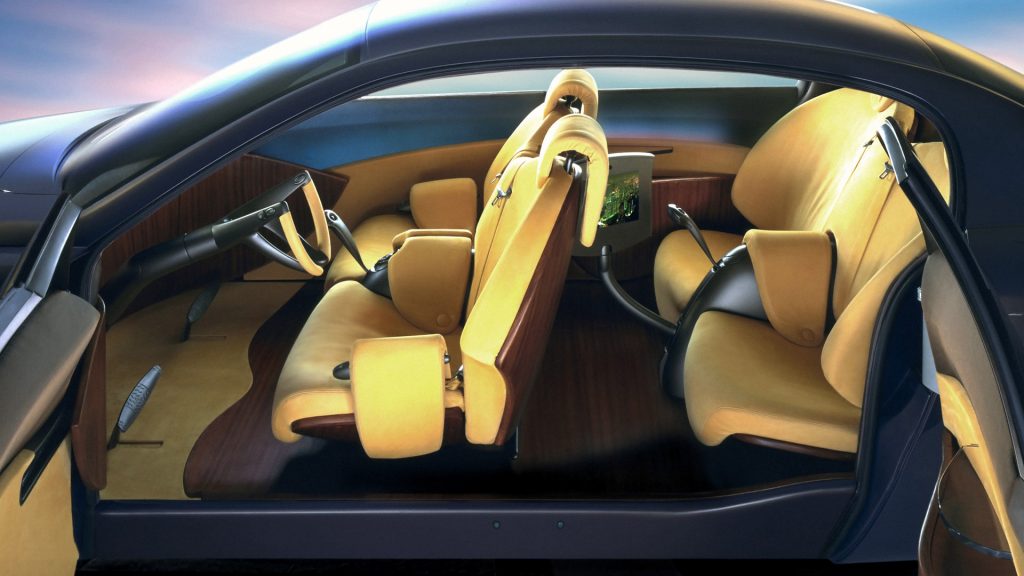
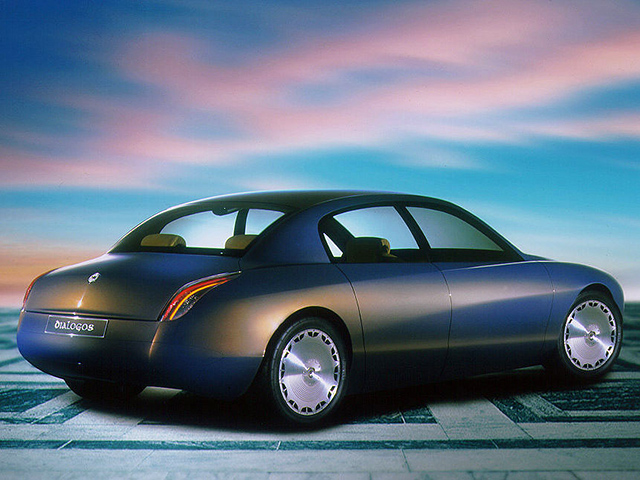
The Diàlogos was the result – launched at 1998 Turin Auto Show it was a tangible vision of the future with then-de rigeur classical overtones. The interior was truly remarkable – not only did the seats swivel through 90 degrees for ingress and egress and 180 degrees to make for a living room, but the seat position, climate control, steering wheel and pedal positions and so on where all configurable to an ‘ego card’ electronic key. You could also slide the steering wheel across from left-hand-drive to right-hand-drive, with the binnacles situated in the middle of the dash. It also had an advanced multi-link suspension, an active differential and a host of novel features.
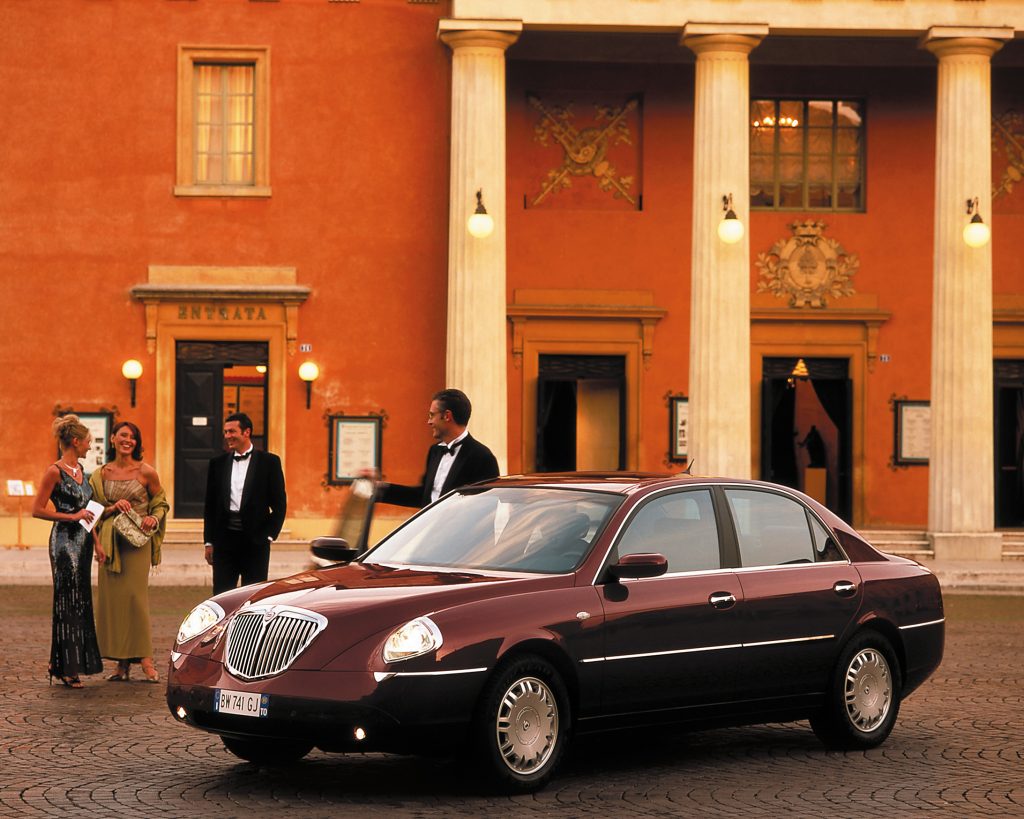

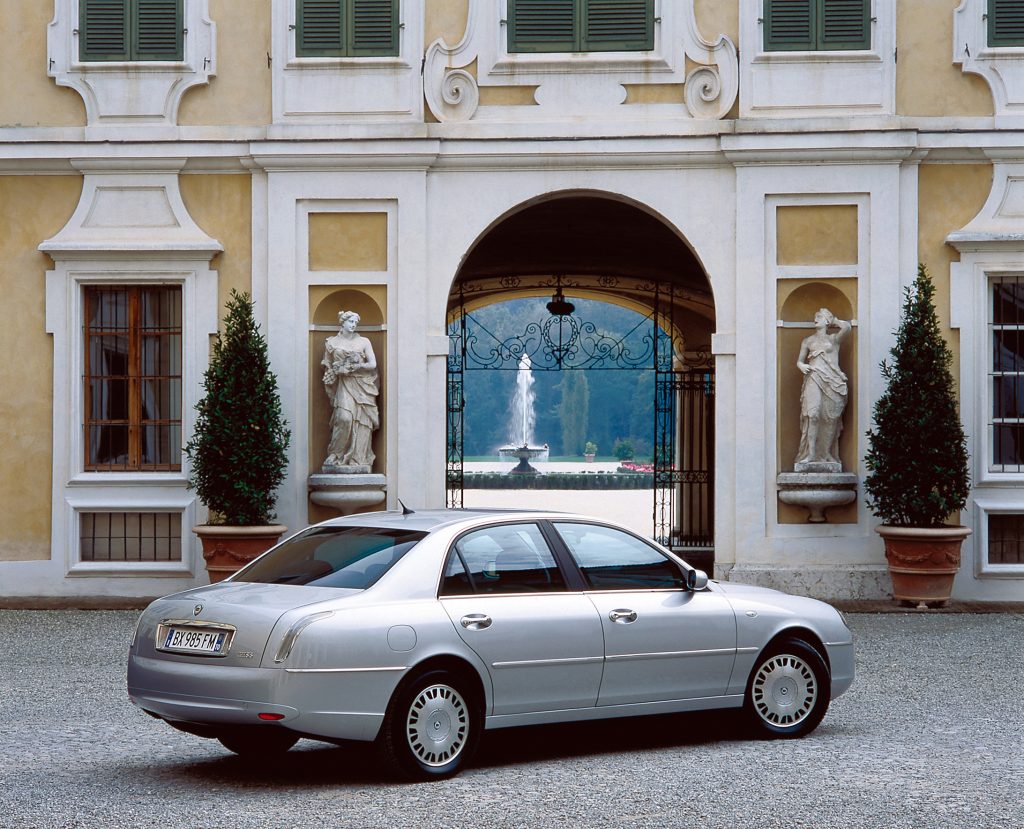
When the Thesis turned up in 2001, the swept-back exoticism of the Diàlogos had gone, and in pictures on the early internet and in magazines, it looked deeply peculiar, and quite ugly. I once described it as having the face of Pob, or perhaps more scathingly, Michael Gove. Even I, with my reservoir of love for Italian cars, couldn’t take to it… but then…
In 2016 I was horrifically lost wandering around Milan central station in the dark, in the kind of rain storm only Northern Italy seems to do, where raindrops are bucket-sized, looking for my hotel. Then gliding through the grime, illuminated against the classical Italian architecture, came a black Thesis, its Busso V6 purring like some big cat stretching out on its automotive lawn. It all finally made sense, albeit a long time after it limped off sale.
Even at its 2001 launch, the Germans were heading down the route of aggression and ‘bigness’, with just the Brits offering a similar slice of elegant glitz. By 2016, where everything, including Jaguar, had gone the Germanic route, the Thesis held my attention in a vice. Not least those beautiful rear light clusters, later put to good use on the Morgan Aeromax.
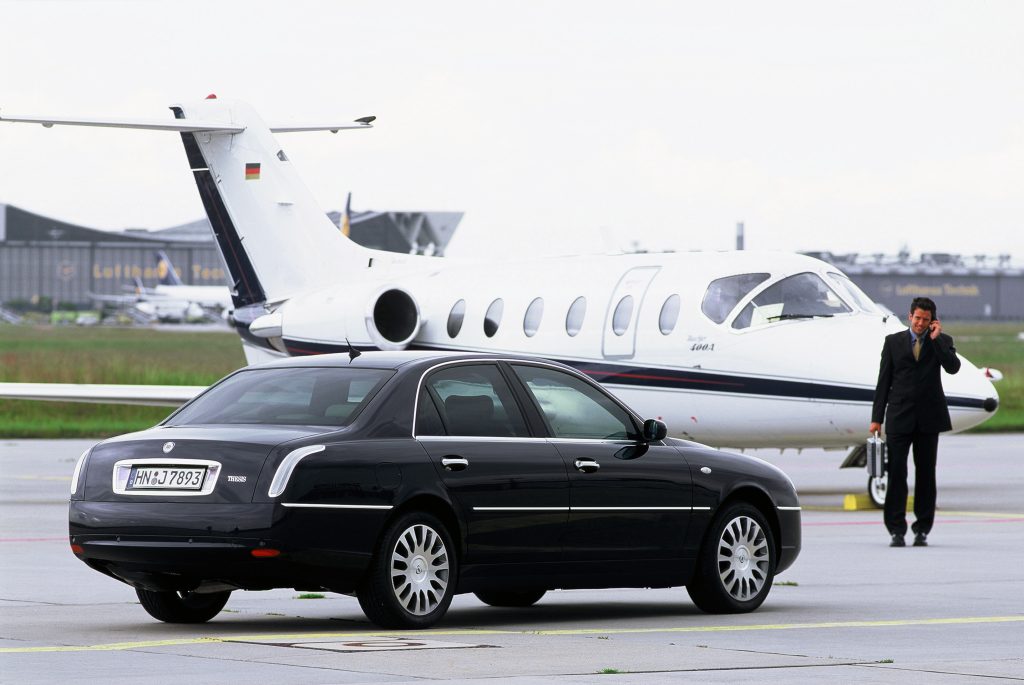
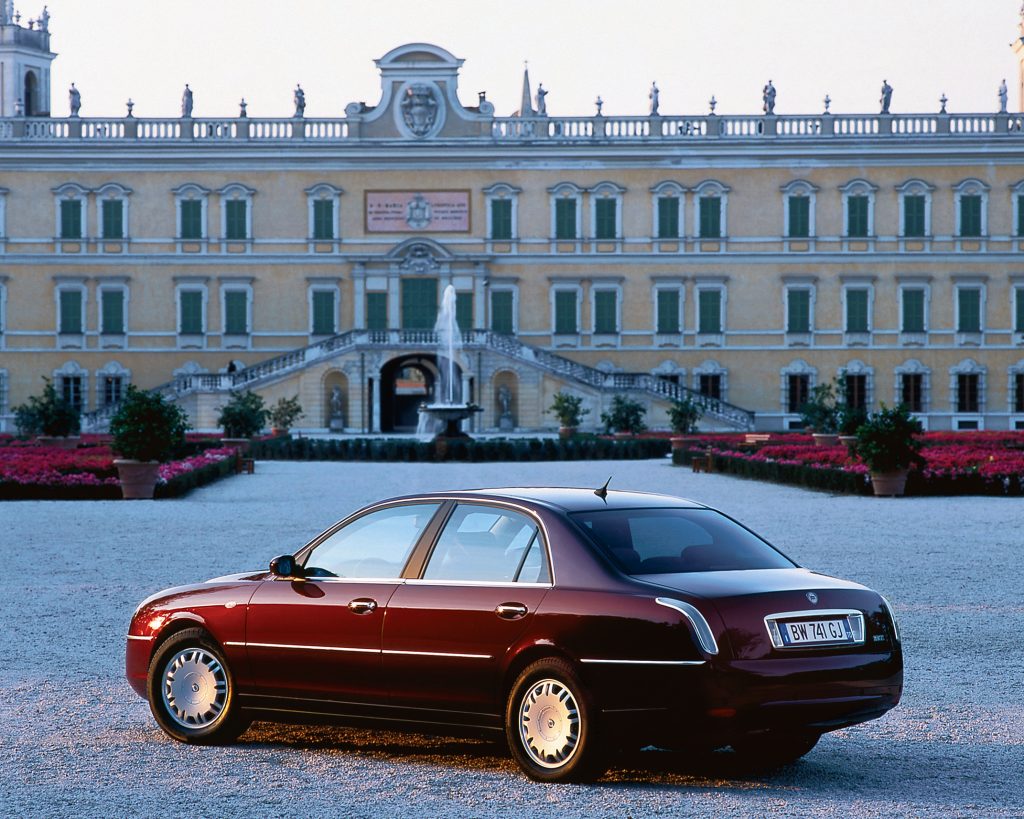
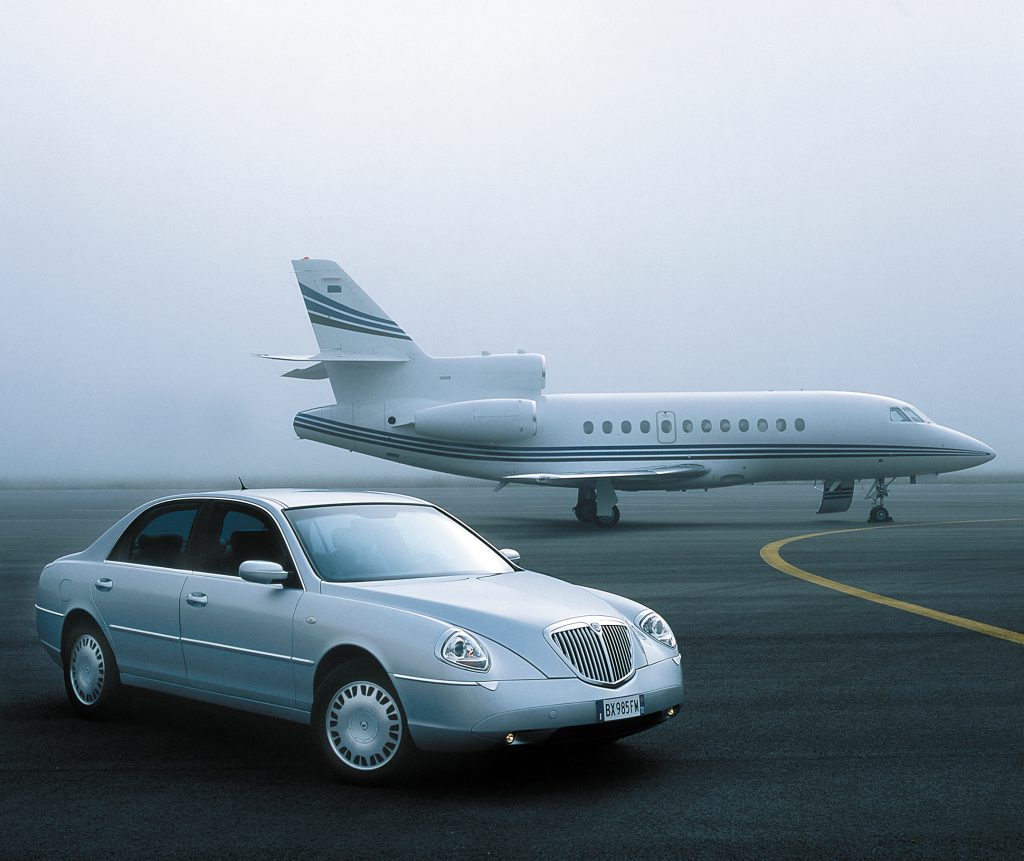
Ok, so maybe you still need convincing on its aesthetic merits, but there’s still much to love about the Thesis. Unlike the Kappa, which shared its chassis with the Alfa 166, the Thesis was truly bespoke and built by hand by Pininfarina initially. Under the skin there’s an aluminium multi-arm suspension at each corner augmented by adaptive dampers similar to those used by Maserati, which means it rides beautifully, matched to some glorious engines – the five-cylinder 20v engine more commonly used in the Fiat Coupe in both naturally aspirated and turbocharged form, tthe usually Alfa Romeo-based Busso V6 and some diesels. No V8, but this was never going to be a hot-rod, though I do rue the missed opportunity of a Thema 8.32 for the millenial age – imagine a Thesis FWD chassis with a Ferrari 360 engine..
The Thesis was never about ultimate performance luxury – leave that to the Maserati Quattroporte – instead, the Thesis was all about super-smooth luxury, offering Rolls-Royce-styling opulence for less than then cost of a Mercedes-Benz E-Class.
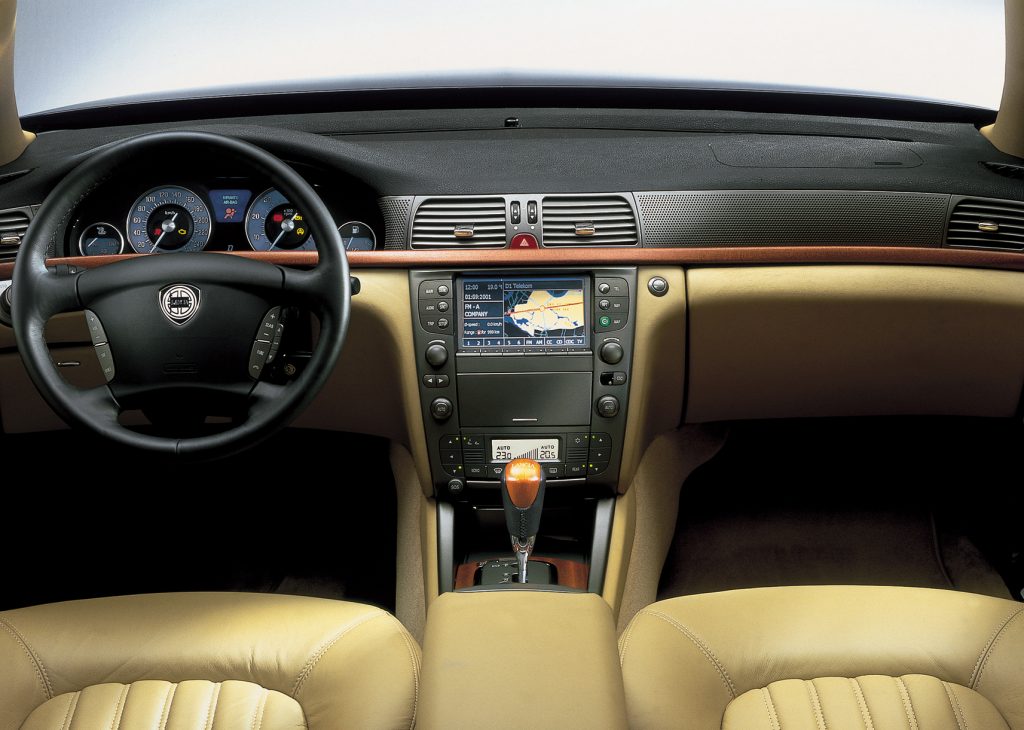
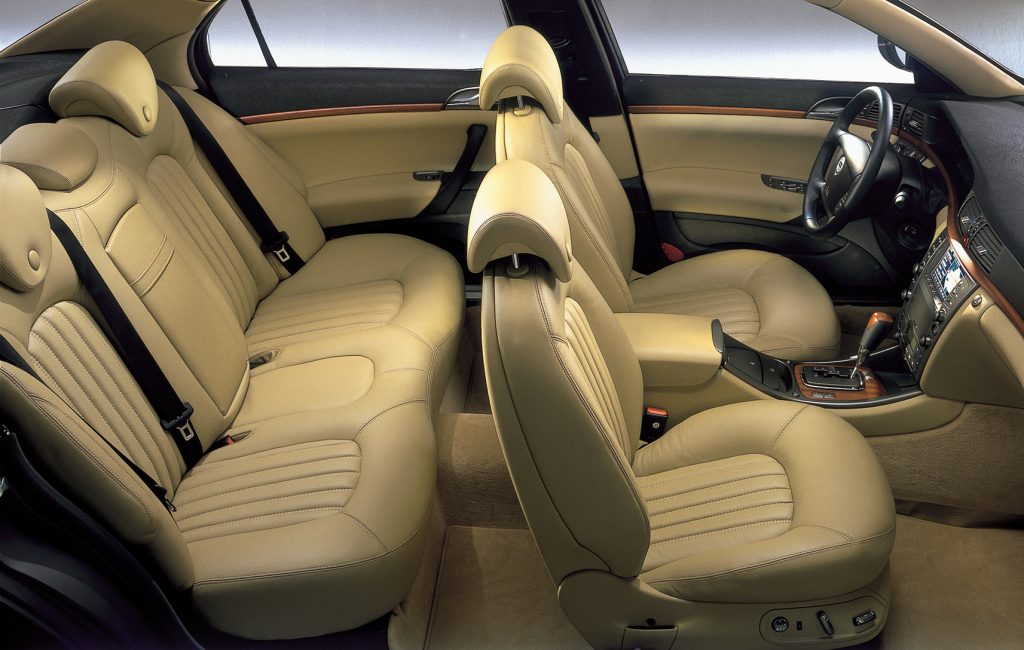
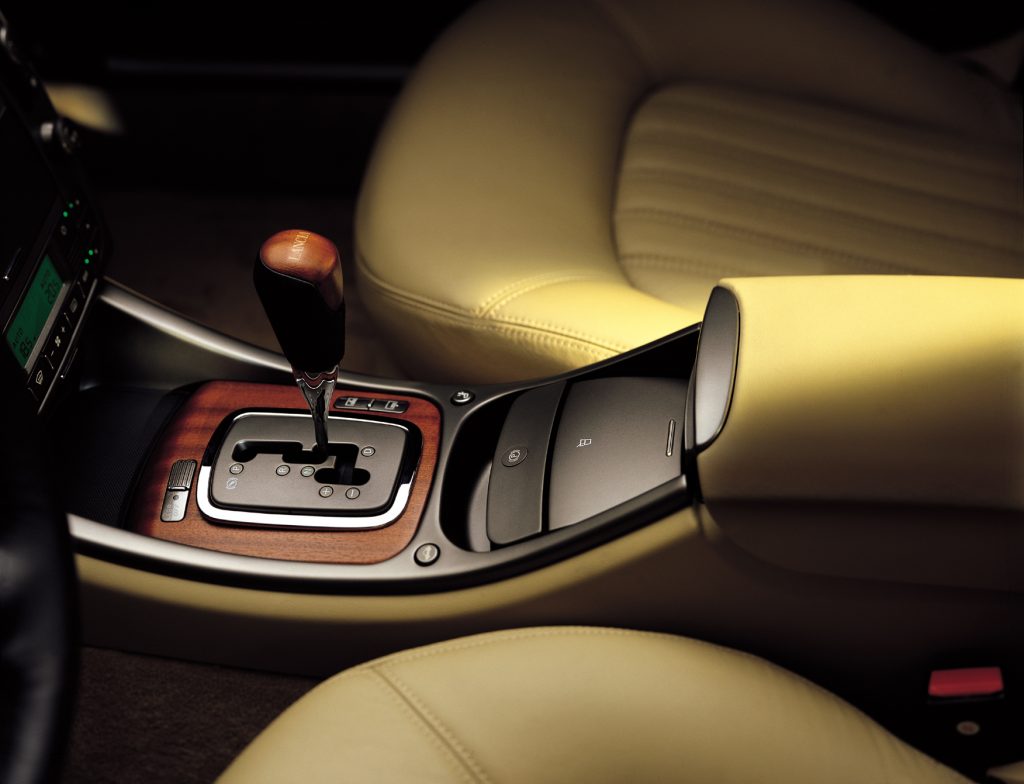
You might scoff at that, but the Thesis interior is perhaps the best bit. Beautifully sculpted seats available in either natural leather or suede-like Alcantara, a magnesium-cast centre console, engraved glassware, lightly varnished wood trim; it’s a sensory delight in a way that today’s Italian luxury cars, from Alfa to Maserati, appear to have forgotten how to do.
The Thesis will always be an automotive oddity, a curate’s egg for perhaps the most dedicated Italian car industry aficionado. But to drive one is to experience luxury in a way that largely seems to have been forgotten in the name of all-aggro bling. It’s remarkable the car got made at all – and though hardly a success, you have to love Lancia for trying.
And the best bit about driving it? If you’re still not sold on the aesthetics, you won’t be able to see them from behind the wheel, leaving you to enjoy one of the most underrated luxury cruisers.
Have you driven or owned one of these rare rides? Let us know at hdc@hagerty.co.uk